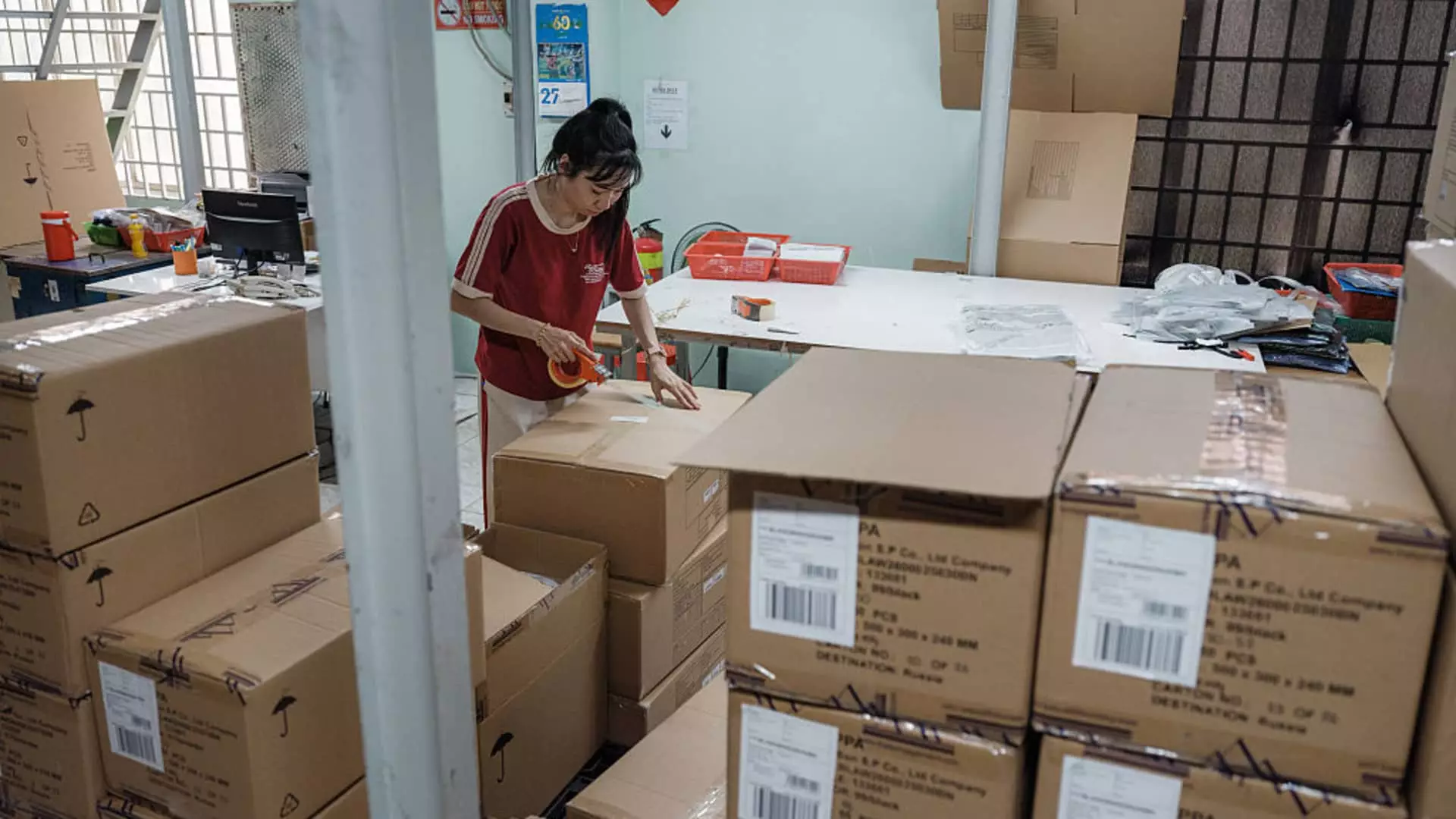In recent years, the global trade landscape has undergone tumultuous shifts, driven by a mixture of political bravado and economic strategy. While governments often tout tariffs as tools for national economic strength, behind the rhetoric lie repercussions that threaten both consumer confidence and long-term prosperity. The partial retreat from a potential 46% tariff on Vietnamese imports, as announced by President Trump, superficially appears as a win for the retail industry. Yet, this tactical pause obscures deeper, more insidious consequences that could weaken the very foundations of economic stability and fair market practices.
Trade policies tend to be politically motivated rather than rooted in economic logic. The adjustment from a proposed 46% tariff to a tentative 20% rate does little to address the core issues at hand. In fact, it merely shifts the burden from one segment of consumers and businesses to another, without offering a sustainable solution. This manipulation of tariff rates, often driven by political calculus rather than economic necessity, erodes the predictability foreign and domestic markets require to function efficiently. When government actions oscillate unpredictably, businesses become risk-averse, leading to stifled innovation, reduced investments, and a slowdown in economic growth. Far from protecting workers or national industries, these policies often result in a loss of consumer purchasing power and increased costs across the supply chain.
The Fragile Foundations of Supply Chain Diversification
Over the past decade, many multinational corporations have strategically diversified their manufacturing bases, shifting away from the volatile geopolitical landscape surrounding China. Vietnam has emerged as a vital hub due to its comparable quality, lower wages, and a relatively stable political environment. This transition was seen as a way to safeguard operations from tariff hikes and regional tensions. However, the tentative agreement to curb tariffs on Vietnamese imports reveals how fragile such supply chain diversifications are in the face of transient political decisions.
The risk that tariffs could surge back to previous levels means manufacturers might have to reroute production or absorb higher costs. These uncertainties diminish the incentive for companies to invest heavily in new facilities or develop local supply chains. It also discourages the long-term planning necessary for innovation and competitiveness. A volatile trade environment undermines stability and damages the very resilience that companies have sought by relocating and diversifying away from China. Instead of fostering sustainable growth, these policies risk creating a scenario where businesses are caught in a perpetual game of catch-up, hampered by unpredictable trade policies and rising costs.
The Consumer at the Crossroads of Economic Instability
Perhaps the most concerning outcome of the ongoing tariffs saga is its impact on everyday consumers. Retail giants and small businesses alike face mounting pressure to raise prices, often passing increased costs onto customers. A ripple effect begins when tariffs raise the cost of imported goods—like shoes, apparel, and household items—forcing retailers to choose between shrinking profit margins or elevating retail prices.
The increase from a 10% to a potential 20% tariff, as seen in recent negotiations, translates into tangible price hikes for consumers. For instance, a $95 pair of shoes could become $102 or more, a significant bump that consumers may not absorb easily. But beyond the immediate sticker shock, such hikes threaten to suppress consumer spending—a critical driver of economic growth. When people feel the pinch in their wallets, discretionary spending is often the first cut, leading to reduced sales for retailers, job cuts, and a deceleration of economic activity.
This situation underscores a fundamental flaw in the current approach: tariffs, intended as leverage or protectionist measures, inadvertently serve as economic penalties for consumers. They diminish purchasing power and can trigger a negative feedback loop where reduced consumer confidence causes businesses to slow hiring, investments, and innovation. The long-term consequence could be an economy that stagnates or shrinks, undercutting the very goals tariffs are supposed to achieve.
Rethinking Trade Strategies in a Complex World
It is tempting for political leaders to use tariffs as a quick-fix solution to complex economic disagreements, but history suggests this approach often backfires. Instead of fostering mutual growth, tariffs breed uncertainty, undermine global cooperation, and threaten the delicate balance that sustains open markets. A more thoughtful, centered approach—grounded in multilateral agreements, fair trade practices, and domestic investments—would serve the broader interests of consumers and businesses better.
Policymakers should recognize that tariffs are not neutral tools; they are economic burdens that ultimately fall on the shoulders of everyday citizens. Protective tariffs, when applied indiscriminately, risk reducing the benefits of globalization—a movement that has lifted millions out of poverty and driven technological and industrial progress. Embracing a balanced trade policy that emphasizes cooperation rather than confrontation fosters stability, encourages innovation, and preserves consumer confidence.
The recent tentative easing of tariffs signals the need for a more pragmatic dialogue—one that values long-term economic health over short-term political wins. If we continue to oscillate between protectionism and open-market rhetoric without a commitment to fairness and sustainability, we risk undermining the very prosperity we seek to protect. Building resilient, fair, and transparent trade relationships is the only way to ensure that economic growth benefits all stakeholders—not just the few who wield power in political corridors.


Leave a Reply